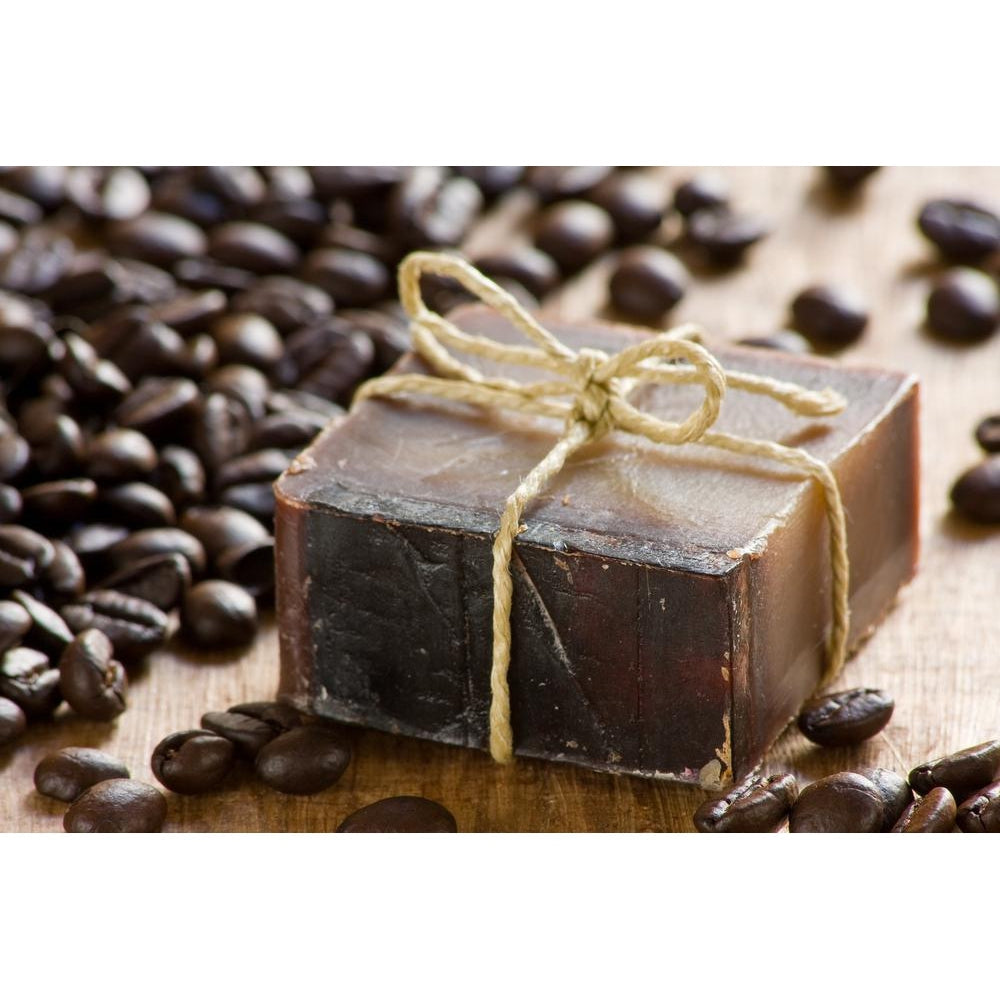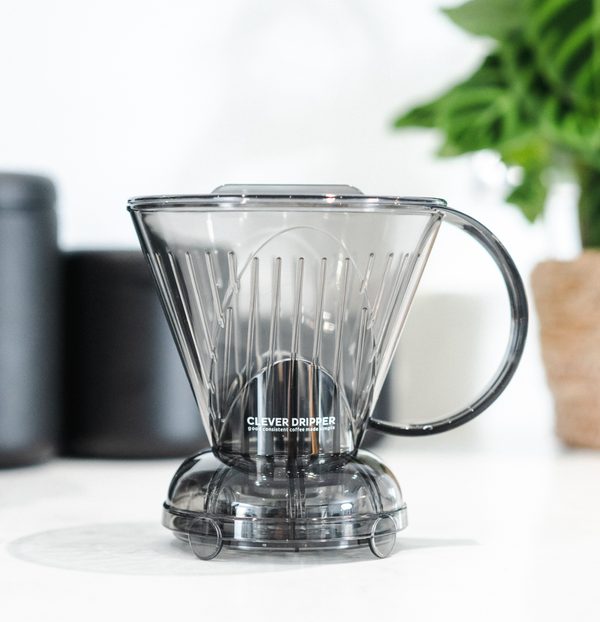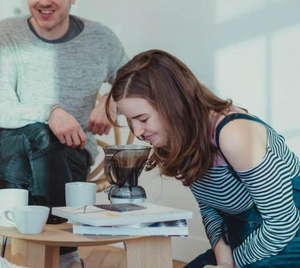
-
Make Cleaning Items
Coffee has been proven to remove dirt and rust from solid material. Mix your grounds with hot soapy water to help unclog sinks, clear cooking pans and clean your stained surfaces.
You could then take this a step further and make some disposable coffee cleaners to drop down your sink. For this you will need:
- 1 personal coffee grinder
- 1 spoon of coffee grains
- 3 tablespoons vinegar
- ½ cup of vanilla
- ½ cups of Epsom salts
- small mixing bowl
- parchment paper
- 1 cupping spoon
Once you have these ingredients, gather your coffee beans and grind them down using a personal coffee grinder.
When mixing the first four ingredients together in the mixing bowl, aim for a slightly damp texture. This will give the coffee a chance to mould in a large cupping spoon and will allow you to create half-moon shapes.
Place these onto the parchment paper and leave inch-by-inch gaps either side. Leave these dry to room temperature overnight. Now you have your coffee cleaners, ready to go!
-
Meat Tenderiser & Seasoning
During the roasting process, natural oils from the coffee bean are strained from its core, adding that sweet caramelised flavour to your brew. Sparing a moment to use coffee grounds as a meat tenderiser will not disappoint!
Massage the coffee into the meat before cooking and then let the heat work its magic. If you have a lot of grounds to use, this is no problem as it will likely form a thin layer of crust over the meat that locks in the moisture – keeping it tender and juicy on serving.
-
Coffee Painting & Latte Art
Coffee also fuels our creative desires with water-based coffee painting. By using a coffee grinder, you can mix your grounds with water, and use this to create coffee stained canvases.
Follow this grind guide to adjust between colours and textures:

- Coarsely ground coffee beans, with more added water and less coffee
- Coarsely ground coffee beans, with equal water and coffee.
- Coarsely ground coffee beans, with less added water and more coffee
- Finely ground coffee beans, with more added water and less coffee.
- Finely ground coffee beans, with equal water and coffee.
- Finely ground coffee beans, with less added water and more coffee.
Another creative twist comes from Latte Art. This usually requires the production of espresso with a blend known as crema, and then micro-foam produced from blowing hot air into the milk. Before the milk is added, the espresso shot must have a creamy brown surface, i.e. crema. The milk will then rise when poured into the coffee cup.
You can then use a cocktail stick to sketch designs or pretty patterns with. However, there is some controversy amongst baristas as to whether focusing on coffee art deters away from focusing on the taste.
-
Composting & Fertilizer
Coffee can be used to boost your garden’s soil structure and push extra minerals into your plants. This includes magnesium, calcium and potassium. Compost worms eat the bacterium that grows on the coffee grounds, as it improves their digestive system.
Make your own composting agent by mixing coffee beans with lye and sprinkling a layer onto the soil surrounding your plants.
Only be cautious when using pre-roasted coffee grounds, the high acidity of the beans can increase the soil's acidity (pH). This acid could destroy sensitive plants in your garden. However, it will encourage high acidity loving roots plants such as Magnolias, Camellias, roses, and blueberries.
-
Coffee Ice Cubes
Simply prepare an ice tray and pour freshly brewed coffee into each ice cube slot until full. Then, slide them into the freezer for approximately 3-4 hours until frozen. You can also crush them down or blend them to make homemade coffee smoothies.
-
Slugs, Snails and Insect Repellent
Insects can become a bit of a nuisance if you’re a garden enthusiast. Although we can handle the strong smell of roasting coffee (love it, in fact), small insects find the aroma too strong and it naturally deters them away from the soil.
If you prefer not to scatter them over your soil, you can place your coffee beans in foil layered bowl and leave them to roast in the sun. This is an easy-to-clean scented burner that deters slugs, snails and even wasps.
-
Coffee Staining
In particular, dark roasted beans give off a very rich defined colour. Simply pour it over material placed in an enclosed container or bowl, and let it soak.
If you like growing hydrangea plants in your garden, you can actually change the colour of your flower petals just by using coffee.
By influencing the pH of the soil, the flowers can change their colours from bright pink to a violet blue. Ideally, you want the coffee to be absorbed – so mix ground beans with water and then pour it into the soil.
-
Coffee Candles and Scented Air Fresheners
Coffee seeds can retain some of their original plant-like quality smells, as well as its rich sugar browning aroma when they are burnt. It seems as though the possibilities are endless, and this is one to try out if you enjoy relaxing with candles.
Alternatively, if you absolutely adore the smell of coffee, you can use a pair of dark tights and fill them with 3 handfuls of coffee beans and tie them up. Handmade air freshener that you can tie up with string or hang them.
-
Gaps and Scratches
This is a really effective way to use coffee as a DIY substance. Mix PVA glue, wood dust, and coffee in a bowl and crush them together to form a wood paste. You can use a hand coffee grinder to help crush the beans down quicker. Take this mixture and rub it into the gaps of wood cracks, splits, and chips.
To get a smooth glossy finish on your furniture, spread the paste flat or to shape the surface, then let it sit naturally to room temperature for added texture and colour. We advise using a pair of gloves to prevent splinters.
-
Soap
While the acidity of the coffee helps expel stains, dirt and strong smells, other exfoliating properties remove dry; dead skin, leaving you smooth and soft after a shower. That’s why turning your grounds into soap, is a bathroom treat.
There are many recipes to follow, however, what seems to be the most publicly effective include:
- 9 ounces of glycerine soap
- 1/3 regular cup of coffee grounds
- 1-2 teaspoons of vanilla
- Water
- Muffin tin
Place the soap into a saucepan and let it melt on medium heat. Once melted, add the vanilla and give it a light stir. Add one teaspoon of coffee grounds into the mix and finally take it off heat. Grace the muffin tins and place a spoonful of finely ground coffee grounds at the base of each. Pour the soap mixture into the tins and fill them entirely. Finally let them cool overnight until completely solid. Carefully release these from the tray and stock them in your bathroom. Vuala!











